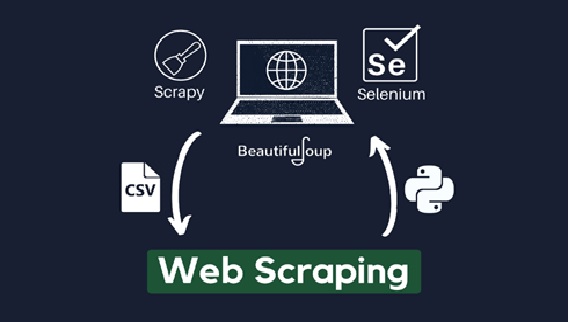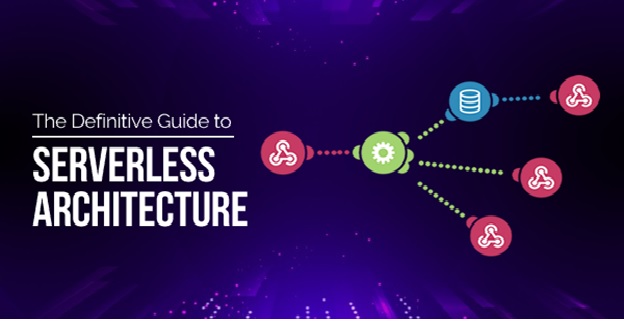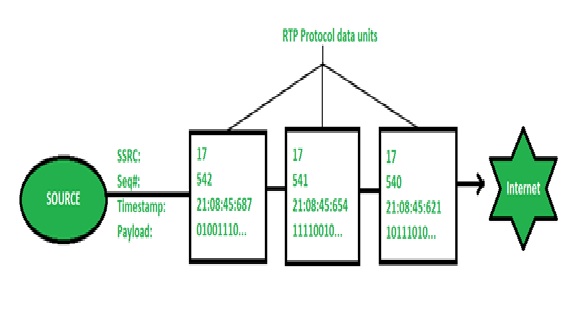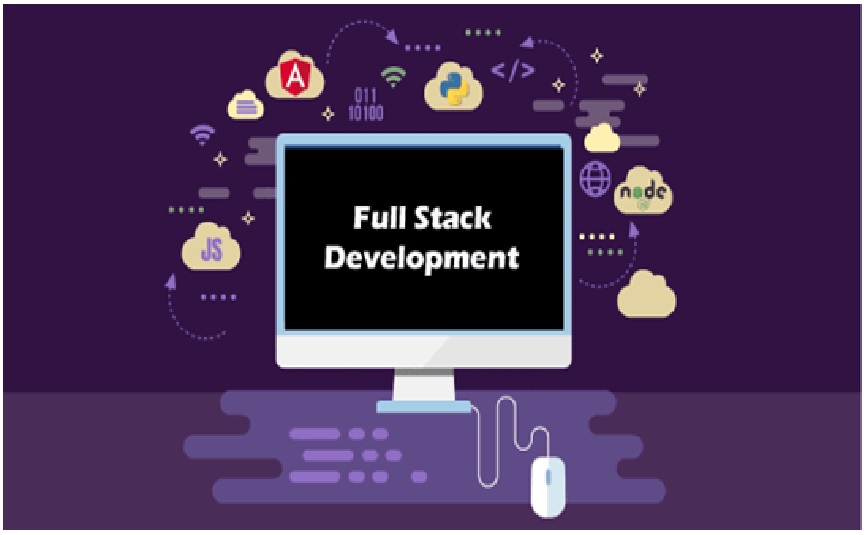Serverless Computing
Serverless computing is a method of providing backend services on an as-used basis. A serverless provider allows users to write and deploy code without the hassle of worrying about the underlying infrastructure. A company that gets backend services from a serverless vendor is charged based on their computation and do not have to reserve and pay for a fixed amount of bandwidth or number of servers, as the service is auto-scaling. Note that despite the name serverless, physical servers are still used but developers do not need to be aware of them[1].

Figure. 1.Serverless Computing
Serverless computing allows developers to purchase backend services on a flexible ‘pay-as-you-go’ basis, meaning that developers only have to pay for the services they use. This is like switching from a cell phone data plan with a monthly fixed limit, to one that only charges for each byte of data that actually gets used.
Advantages
- Serverless is a polyglot environment, enabling developers to code in any language or framework - Java, Python, node.js - with which they're comfortable.
- Serverless simplifies deployment and, in a larger sense, simplifies DevOps cycles, because developers don't have to describe infrastructure needed integrate, test, deliver and deploy code builds into production.
- For certain workloads, such as ones that require parallel processing, serverless can be both faster and more cost-effective than other forms of compute.
- Serverless application development platforms provide near-total visibility into system and user times, and can aggregate that information systematically.
Disadvantages
- Possible performance issues, since the code “spins down” when you don’t need it. The delays created by cold starts can be a significant problem if you’re trying to run low-latency apps.
- Increased difficulty in the areas of debugging and monitoring.
- Possible vendor lock-in and issues migrating apps created in a particular FaaS offering to other platforms.
References:
- https://www.cloudflare.com/en-in/learning/serverless/what-is-serverless/
- https://www.ibm.com/cloud/learn/serverless
- https://www.stratospherenetworks.com/blog/the-pros-and-cons-of-serverless-computing/
Cite this article:
Sindhu.C (2022), Serverless Computing, AnaTechMaz, pp. 64















